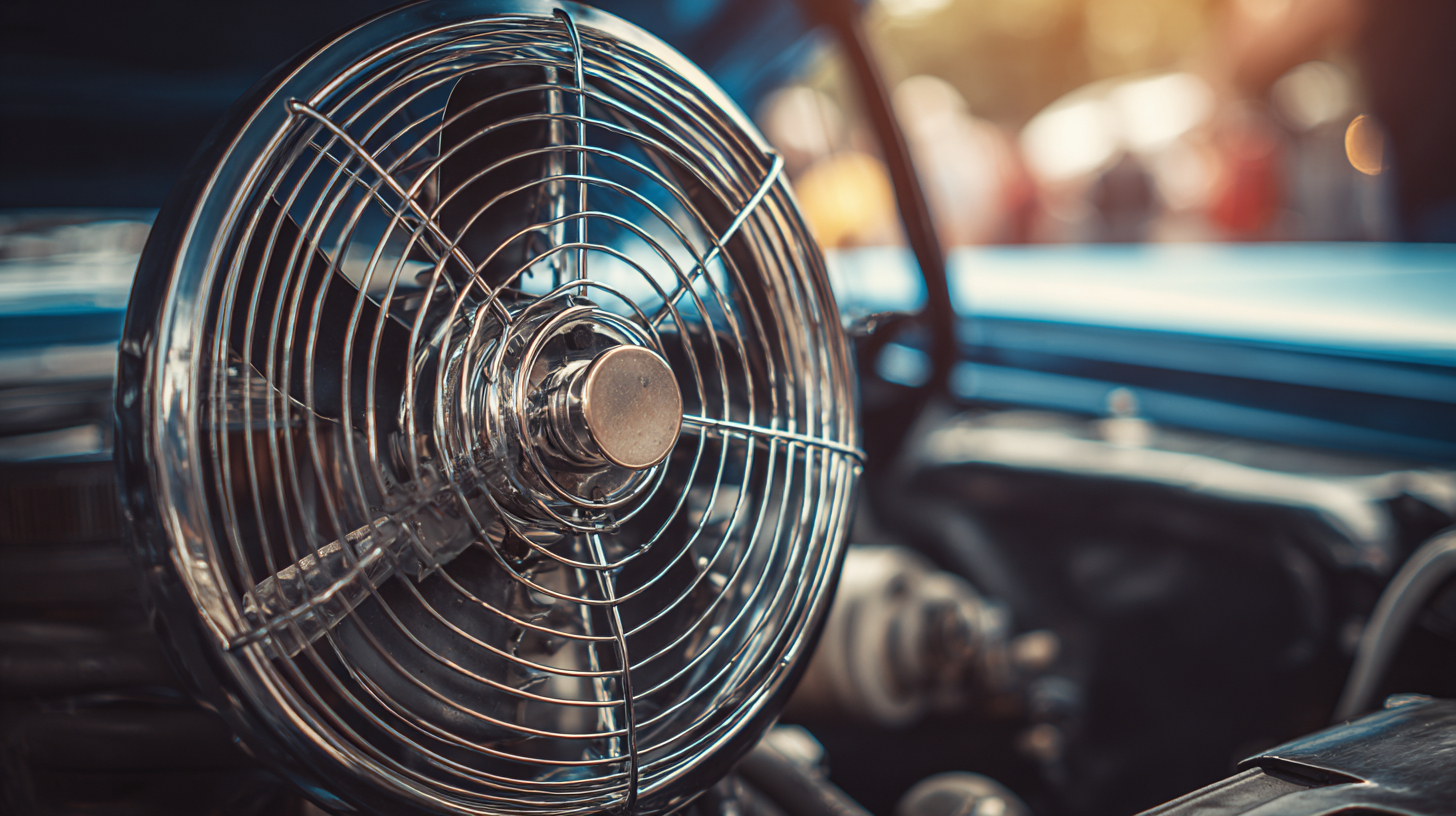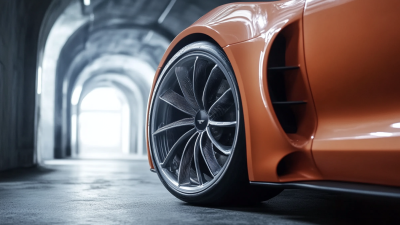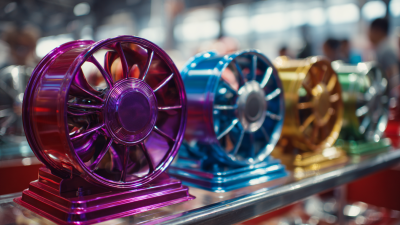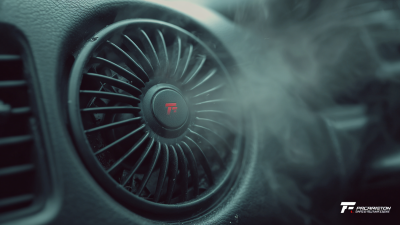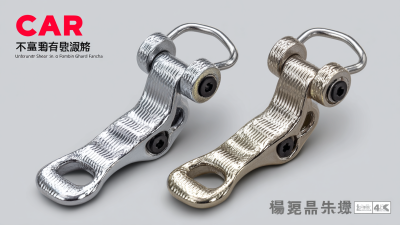When it comes to maintaining optimal engine performance and cooling efficiency, selecting the right car fans is paramount. In the automotive industry, it has been reported that overheating is responsible for over 30% of engine failures, leading to costly repairs and lasting damage. A well-designed car fan not only enhances airflow but also contributes significantly to fuel efficiency, with studies indicating that a properly functioning cooling system can improve overall engine performance by up to 15%. Moreover, the market for automotive cooling systems, including car fans, is projected to reach approximately $12 billion by 2025, underscoring the increasing recognition of cooling efficiency in vehicle design. With various types available, understanding how to choose the right car fans tailored to specific vehicle requirements is essential for automotive enthusiasts and everyday drivers alike, ensuring longevity and reliability in engine performance.

Engine cooling systems play a critical role in maintaining optimal performance and longevity of a vehicle. These systems operate by dissipating heat produced during engine combustion, preventing overheating, which can lead to severe damage. A well-functioning cooling system not only safeguards vital components but also ensures that the engine runs efficiently, maintaining the right temperature for optimal fuel combustion. Understanding the elements involved, such as the radiator, water pump, and, crucially, the car fans, is essential for any vehicle owner seeking to enhance performance.
Car fans, whether mechanical or electric, contribute significantly to airflow through the radiator, assisting in the cooling process. When choosing the right car fans, it is vital to consider the specific cooling requirements of your engine. Factors such as the size of the engine, the type of driving you do, and the cooling capacity needed can influence which fan is most suitable. Selecting fans that provide the right airflow and are compatible with your vehicle’s cooling system can lead to improved engine performance, reduced fuel consumption, and increased reliability on the road.
This chart illustrates the cooling efficiency of various types of car fans based on their airflow rate (CFM) and power consumption (W). It demonstrates how different fan types can impact engine cooling performance, highlighting the importance of selecting the appropriate fan for optimal vehicle performance.
When selecting car fans for optimal airflow and cooling, there are several key factors to consider. First, the type of fan plays a critical role in its cooling efficiency. Axial fans are commonly used for their ability to move a large volume of air and are ideal for applications that require high airflow. Conversely, centrifugal fans are designed for higher pressure applications, making them suitable for more compact areas where space is limited. Understanding the specific needs of your vehicle's engine cooling system will help dictate which type of fan is best suited for your situation.
Another important aspect to consider is the fan's size and mounting options, as these will influence installation and performance. A fan that fits snugly in your vehicle's design, while maximizing airflow, will enhance overall cooling efficiency. Additionally, evaluating the fan's power consumption and noise levels can help ensure a balance between performance and comfort. As the cooling fan market trends evolve towards increased efficiency and technology integration, staying informed about the latest advancements will allow you to make an optimal choice for your car’s cooling system.
When selecting the right car fans for optimal engine cooling, understanding the specifications of CFM (Cubic Feet per Minute), RPM (Revolutions Per Minute), and power consumption is crucial. CFM measures the volume of air a fan can move. A higher CFM value indicates that the fan can circulate more air, which is essential for effectively dissipating heat from the engine. When choosing a fan, consider the engine's cooling needs, as a fan that moves too little air may lead to overheating, while one that moves excessively could create unnecessary load on the electrical system.
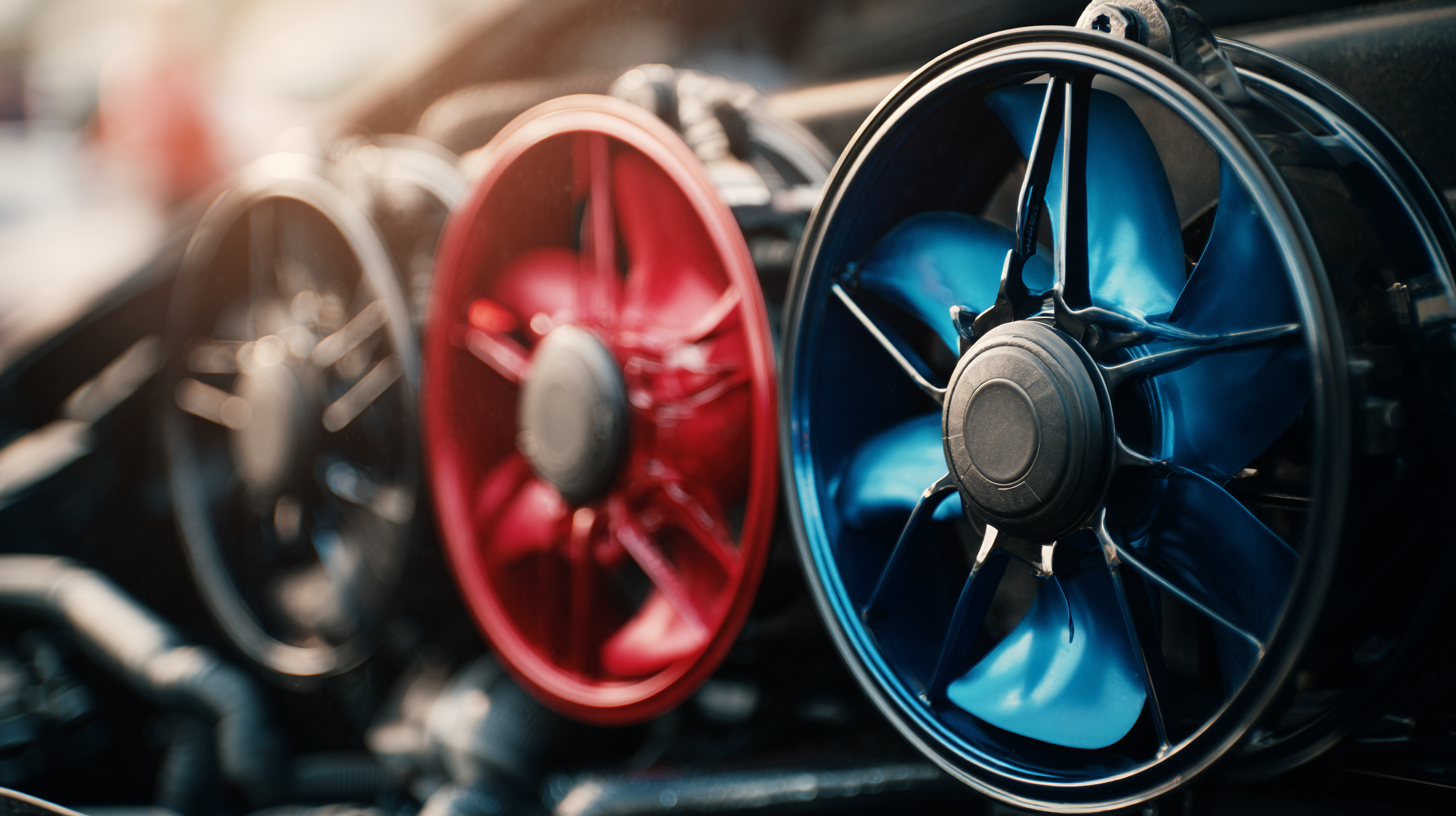
RPM reflects the speed at which the fan blades rotate, impacting both airflow and noise level. Fans with higher RPM tend to produce greater airflow but can also generate more noise, which might be a concern for daily drivers seeking a quiet ride. Balancing RPM with CFM is vital; an efficient fan should optimize airflow without excessive noise. Additionally, examining power consumption helps ensure that the fan does not draw too much electrical power, which is key for maintaining overall vehicle efficiency. By carefully evaluating these specifications, car enthusiasts can select fans that enhance engine cooling without compromising performance or comfort.
When considering engine cooling solutions, the choice between electric and mechanical fans can significantly impact performance. Mechanical fans, traditionally driven by the engine's belt, offer consistent airflow that directly correlates with engine speed. This means that as the engine revs up, the fan also speeds up, providing increased cooling during high-demand situations. However, this can lead to a decrease in overall engine efficiency, especially at idle or low speeds, where the fan continues to consume power.
On the other hand, electric fans operate independently of the engine's RPM, allowing for better control of cooling based on the engine temperature. They can be activated as needed, which not only saves power but can also enhance fuel efficiency. Many modern vehicles have shifted towards electric fans because they reduce parasitic loss on the engine, promoting better overall performance. By comparing these two types of fans, one can weigh the benefits of power savings and performance consistency against the needs of specific driving conditions, ultimately leading to a more informed decision for optimal engine cooling efficiency.
| Feature | Electric Fans | Mechanical Fans |
|---|---|---|
| Cooling Efficiency | High, as they can run at different speeds | Moderate, fixed speed based on engine RPM |
| Power Consumption | Lower, only when needed | Higher, always draws power when engine is running |
| Response Time | Quick, responds instantly to temperature changes | Slower, relies on engine speed |
| Weight | Lighter, contributes to overall vehicle weight reduction | Heavier, adds weight to the engine |
| Installation Complexity | Moderate, may require additional wiring | Simpler, typically direct mechanical connection |
| Durability | Good, but depends on electrical components | Very good, mechanical design is robust |
When selecting the right car fans for optimal engine cooling efficiency, it's crucial to consider not only their cooling capabilities but also their noise levels and reliability. High noise levels from engine fans can significantly impact the overall driving experience, making it essential to find a balance between performance and comfort. Quiet fans can enhance the ride quality, allowing for more enjoyable drives, whether on long trips or daily commutes.
**Tips:** When shopping for car fans, check decibel ratings and customer reviews to gauge noise levels. Opt for fans that offer adjustable speeds; they can operate quietly at lower speeds while still providing ample cooling when needed. Additionally, investing in high-quality fans with reliable materials will ensure longevity and consistent performance, reducing the need for frequent replacements and maintenance.
A reliable car fan is also vital for the vehicle's longevity. Components that operate smoothly and quietly contribute to a healthier engine environment, preventing overheating and wear. Therefore, thoroughly researching and selecting fans known for their durability and efficient cooling will pay off in the long run, securing both performance and the life of your vehicle.
